Questionsomehow I ended up with anchor worms on my fish-I'm assuming I got them from new fish I got in December. I have had lots of problems-(that I hope I've gotten solved). I've bought a test kit and am monitoring my water better. However, I am down to 2 fish-a dalmatian molly and a fe.guppy. The ph/nitrate/nitrite/ammonia has been fine. I've treated the water with Life-bearer for the anchor worms-pulled the anchor worms off the fish (Icky job). I treated once a day for 2 days waited 48hrs, did an 8-9 gal water change and treated again. My main question is when is it safe to get more fish. I'm also treating with Melafix & Primafix since an earlier molly died having fungus on him and the anchor worms. I also use Prime with the water changes. Thank you.
AnswerHi Deb
That's one thing I've never had to deal with before(knock on wood) is anchor worms. I can imagine that was an icky job ;)
I tried doing a search, I know some with some parasites, meds won't kill them when they're in their juvenille stage. Finally found this, here's a snippet from it with the link I got it from, the paragraphs are towards the bottom of the page:
"Anchor worms are another crustacean parasite, Lernaea. Anchor worms are elongated parasites with two egg sacs at the posterior end. They usually embed in the muscle of the body wall, and often penetrate as far as the internal organs. A raised ulcer usually develops at the point of attachment, and secondary infections often occur at that site. Heavy infestations may cause weight loss and death.
Anchor worms are most often a problem with newly imported fish and in garden ponds in the summer, and don't often occur in aquariums. Males die after mating and have a short life span, and females are usually seen attached to the fish host. The eggs hatch to produce free-living juvenile parasites, which eventually molt to produce the adult stages. The juvenile stages can live without a host for at least five days. As with other crustacean parasites, organophosphate insecticides are used to eliminate the free living juvenile stages. Adult worms should be manually removed with forceps, and the site treated with a suitable antiseptic. Parasites can be removed weekly, until no more adult worms are found."
http://www.exoticpetvet.net/aqua/parasites.html
I just wanted to make sure there weren't eggs or juvenille anchor worms in the tank, so you don't have to deal with another reinfestation of them. But it does sound like they are killed off by most meds. What I would recommend, give it a few weeks(2 or 3 should be good), make sure no more show up in your tank, make sure your current fish are healthy, and then go ahead and get some new fish.
But, I'd recommend not buying from that store anymore. Anchor worms generally affect pond type of fish, like goldies, so my guess is the store is getting their fish from a breeder that has an outdoor pond-and you very well may end up having the same problem.
I would also recommend you consider getting a quarantine tank for all new fish. It's recommended to QT new fish for at least 2 weeks, some say 4 weeks. For community type of fish, a bare bottom 5 or 10 gallon filtered tank is more then enough. That way you can observe the new fish for any problems. And, you can use that tank for a hospital tank if needed as well.
I'd continue using the MelaFix and PimaFix as well for now. Fungus usually shows up as a secondary infection to an injury or sore, so it most likely showed up on the molly from the anchor worm infection.
Good luck, and hopefully that's the last you see of those anchor worms!
Christy

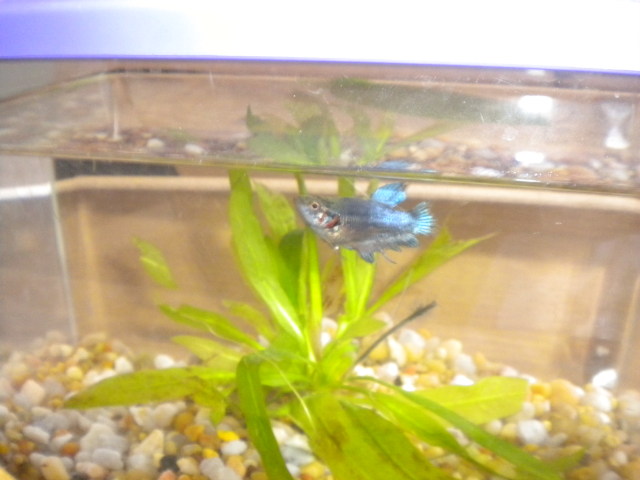 my betta...
Question
sapphira- female betta
MY female betta is swol
my betta...
Question
sapphira- female betta
MY female betta is swol
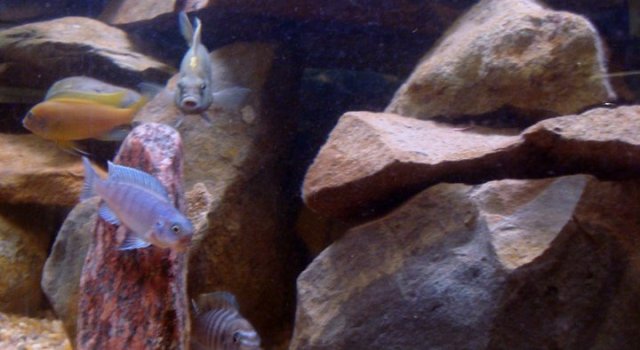 Cichlids overcrowding good or bad?
Question
a few of the fish
Hi I have a 40 gallon bow ta
Cichlids overcrowding good or bad?
Question
a few of the fish
Hi I have a 40 gallon bow ta
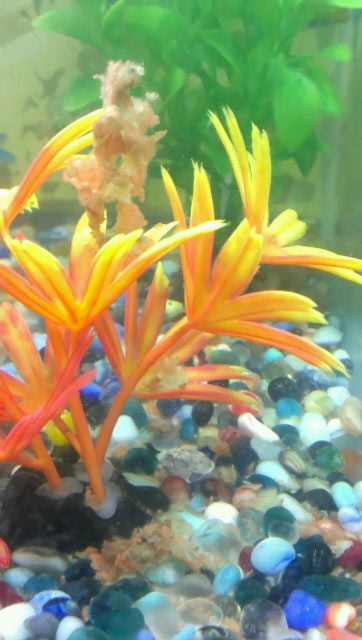 spotted molly fish pet
Question
stuff? ?? more stuff
Is it normal
spotted molly fish pet
Question
stuff? ?? more stuff
Is it normal
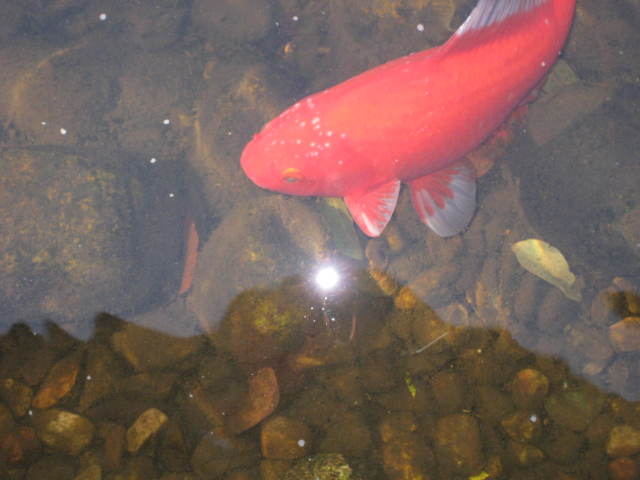 comet white spots
QuestionComet
QUESTION: I have a comet (for abou
comet white spots
QuestionComet
QUESTION: I have a comet (for abou
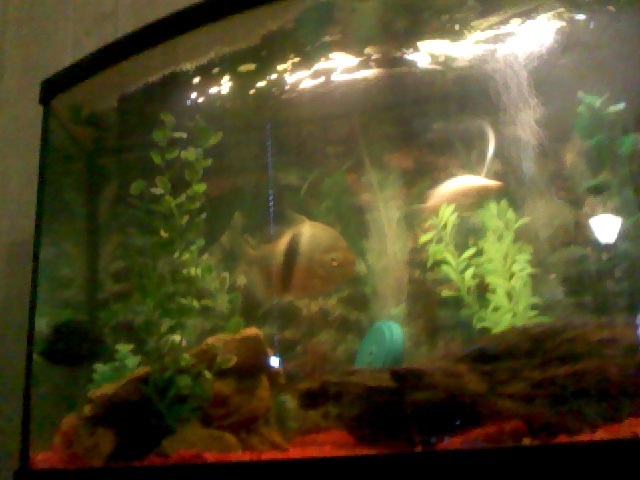 46 gallon tank
Questionmy tank
QUESTION: hello in my tank I use
46 gallon tank
Questionmy tank
QUESTION: hello in my tank I use